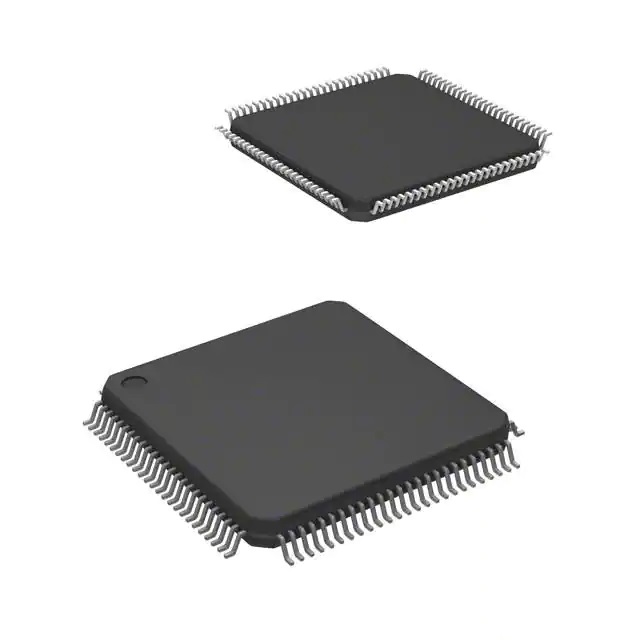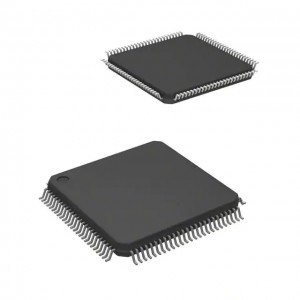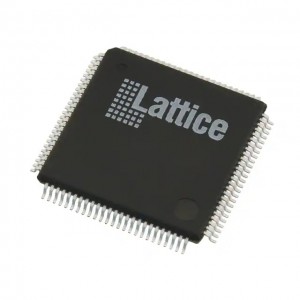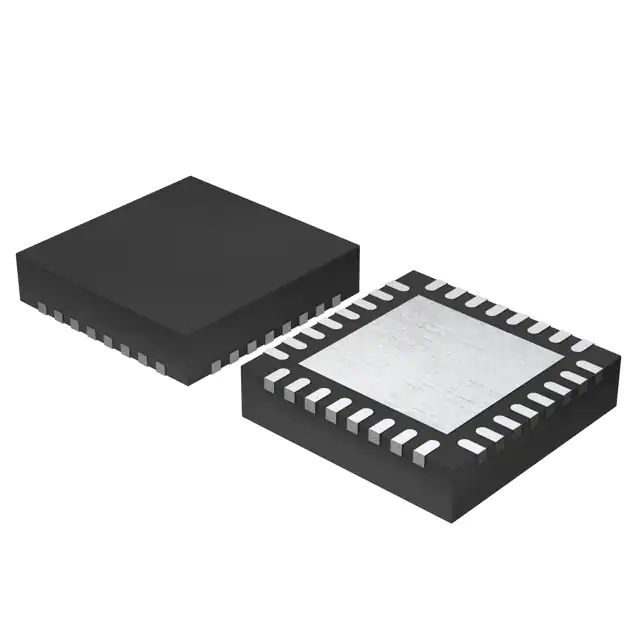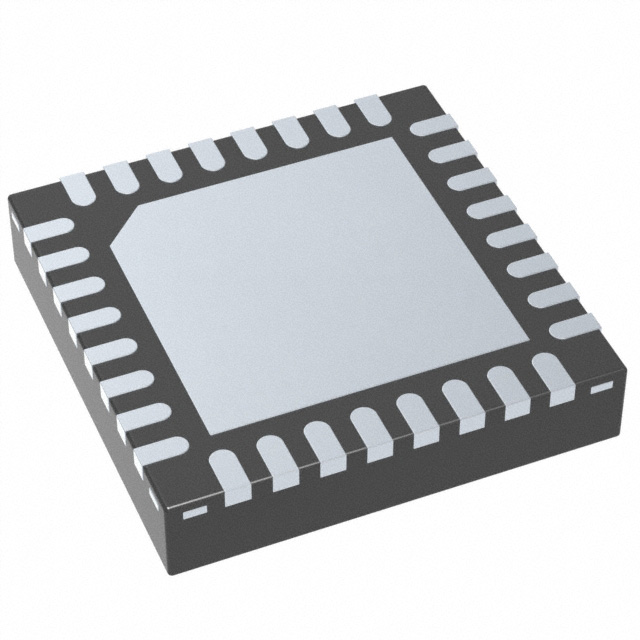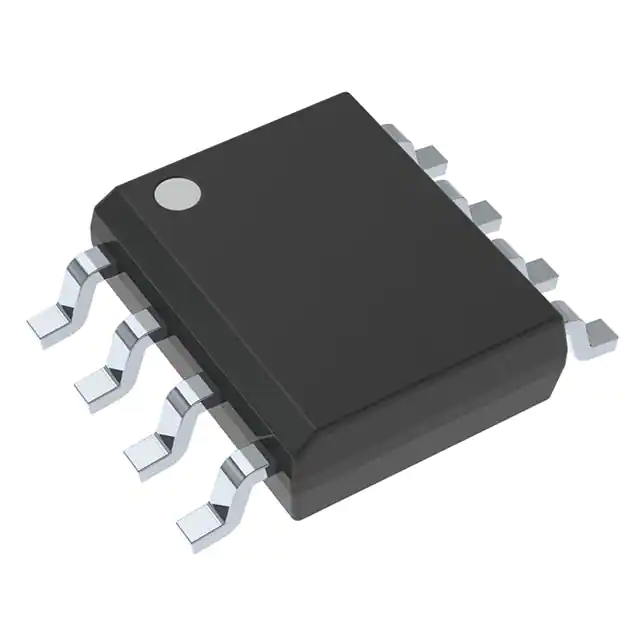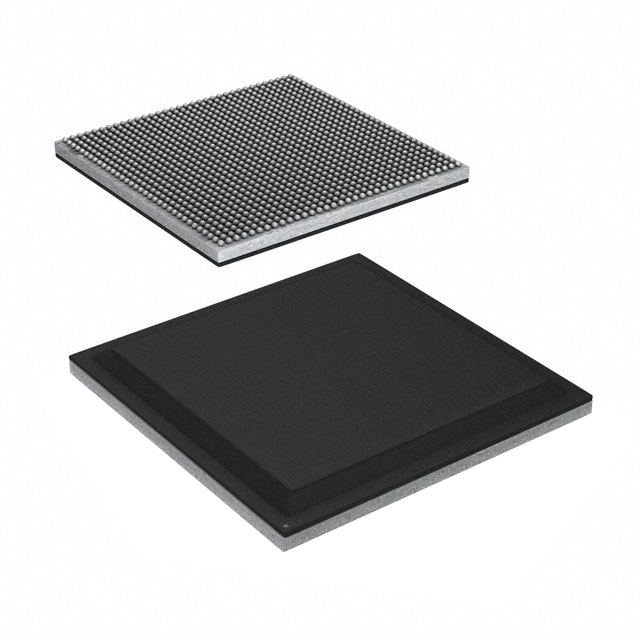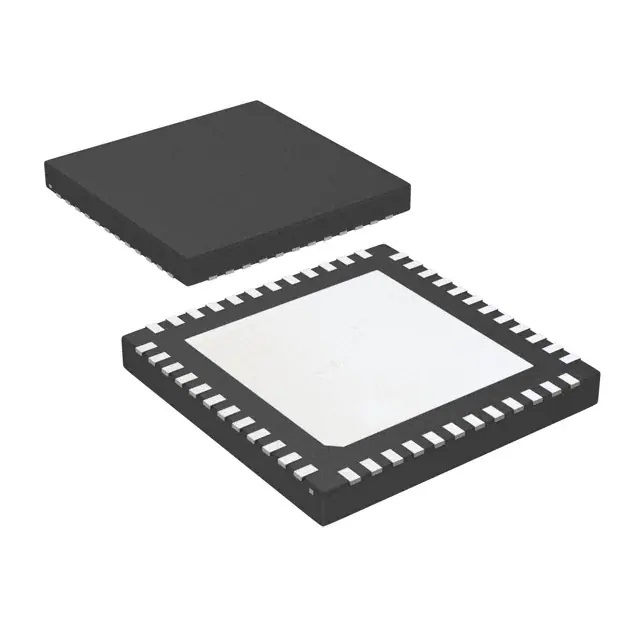LCMXO2-640HC-4TG100C 100% New & Original MachXO2 Field Programmable Gate Array (FPGA) IC 78 18432 640 100-LQFP
Product Attributes
|
TYPE |
DESCRIPTION |
|
Category |
Integrated Circuits (ICs)Embedded |
|
Mfr |
|
|
Series |
|
|
Package |
Tray |
|
Product Status |
Active |
|
DigiKey Programmable |
Not Verified |
|
Number of LABs/CLBs |
80 |
|
Number of Logic Elements/Cells |
640 |
|
Total RAM Bits |
18432 |
|
Number of I/O |
78 |
|
Voltage - Supply |
2.375V ~ 3.465V |
|
Mounting Type |
|
|
Operating Temperature |
0°C ~ 85°C (TJ) |
|
Package / Case |
|
|
Supplier Device Package |
100-TQFP (14x14) |
|
Base Product Number |
Documents & Media
|
RESOURCE TYPE |
LINK |
|
Datasheets |
|
|
Product Training Modules |
|
|
PCN Design/Specification |
|
|
PCN Assembly/Origin |
|
|
PCN Packaging |
|
|
HTML Datasheet |
|
|
EDA Models |
|
|
Manuals |
Environmental & Export Classifications
|
ATTRIBUTE |
DESCRIPTION |
|
RoHS Status |
ROHS3 Compliant |
|
Moisture Sensitivity Level (MSL) |
3 (168 Hours) |
|
REACH Status |
REACH Unaffected |
|
ECCN |
EAR99 |
|
HTSUS |
8542.39.0001 |
Product Introduction
There are three basic reasons why FPGAs are popular.
● They are relatively advanced because they do not require the designer to make any input to the circuit; They automatically create it to match the "programming" specification.
● They're reusable. You can configure them as many times as you need, resulting in faster prototyping and fewer errors. Many times, FPGAprototypes will be developed into ASics.
● They are also cheap in small batches because the non-recurring costs are much lower than Asics
What do FPGAs bring?
Highly customizable SoC. For example - standard interfaces connected to familiar cpus and field upgradable logic blocks. As a result, systems integrators bring solutions that integrate across familiar commoditization boundaries (disruptive innovations). So what comes to mind here are hardware startups in the fields of security, networking, data centers, etc.
In addition, FPGA can also be used with powerpc or ARM-based cpus. Thus, it is possible to quickly develop an SoC that will have a highly customizable interface around the CPU for which existing code has already been developed. For example, hardware acceleration cards for high-frequency trading.
High-end FPGA are used to get "free" high performance interfaces such as PCIe Gen 3, 10/40Gbps Ethernet, SATA Gen 3, DDR3 gobs and gobs, QDR4 memory. Typically, locating this ip to an ASIC is costly. But FPGA can get you started quickly, because these cores can be used as already-proven chips, so it takes only a fraction of the development time to integrate them into the system.
FPGA have quite a few multipliers and internal memory. Therefore, they are well suited for signal processing systems. Therefore, you will find them in the hardware that performs signal conditioning and multiplexing/demultiplexing. For example, wireless network equipment, such as base stations.
The smallest logical element in an FPGA is called a logical block. This is at least an ALU+ trigger. As a result, FPGA are widely used for computing problems that can benefit from SIMD-type architectures. Examples include cleaning images received from image sensors, point or local processing of image pixels, such as calculating difference vectors in H.264 compression, etc.
Finally, ASIC simulation or hardware/software in the ring testing, etc. FPGA logic design shares the same processes and tools as ASIC design. Fpgas are therefore also used to validate some test cases during ASIC development, where the interaction between hardware and software may be too complex or time-consuming to model.
Now looking at the above advantages of FPGA, it can be applied in:
- Any solution that requires the development of a custom SoC using a field scalable module.
- Signal processing system
- Image processing and enhancement
- CPU accelerators for machine learning, image recognition, compression and security systems, high-frequency trading systems, and more.
- ASIC simulation and validation
- Going a step further, you can segment the market that FPGA-based systems can serve well
- Requires high performance but cannot tolerate high NRE. For example, scientific instruments
- It cannot be demonstrated that longer lead times are required to achieve the desired performance. For example, startups in areas such as security, cloud/data center server virtualization, etc. try to prove a concept and iterate quickly.
- SIMD architecture with large signal processing requirements. For example, wireless communication equipment.
Take a look at the application:
- Satellite and space exploration, Defense (radar, GPS, missiles), telecommunications, automotive, HFT, DSP, image processing, HPC (supercomputer), ASIC prototyping and simulation, Industrial applications - motor control, DAS, Medical - X-ray and MRI machines, Web, Business applications (iPhone 7 / Camera)
More modular:
-
Aerospace and Defense: Avionics /DO-254, communications, missiles.
- Audio technology: Connectivity solutions. Portable electronic devices, speech recognition.
- Automotive industry: High resolution video. Image processing, car networking.
- bioinformatics
- Broadcast: live video engine, EdgeQAM, display.
- Consumer electronics: Digital displays, multifunction printers, flash memory boxes.
- Data center: Server, gateway, load balancing.






